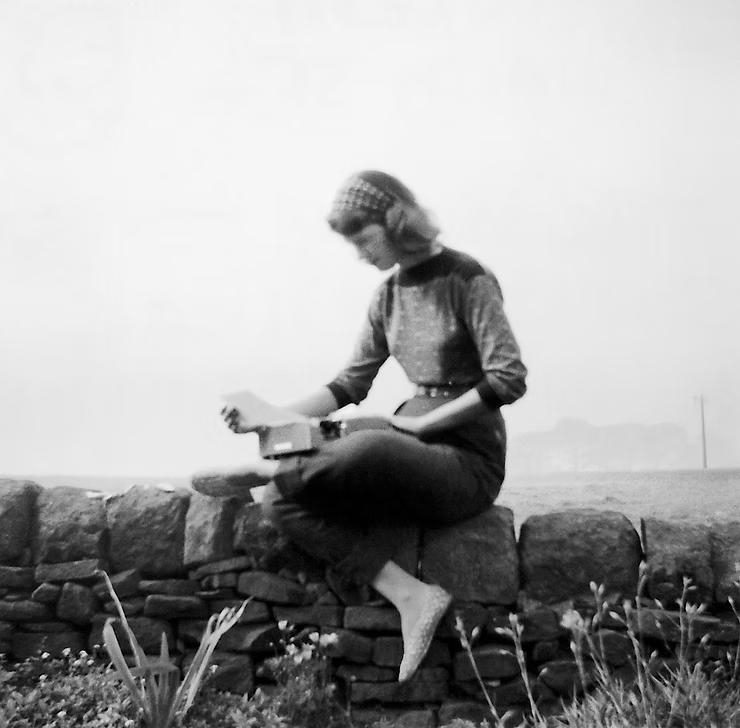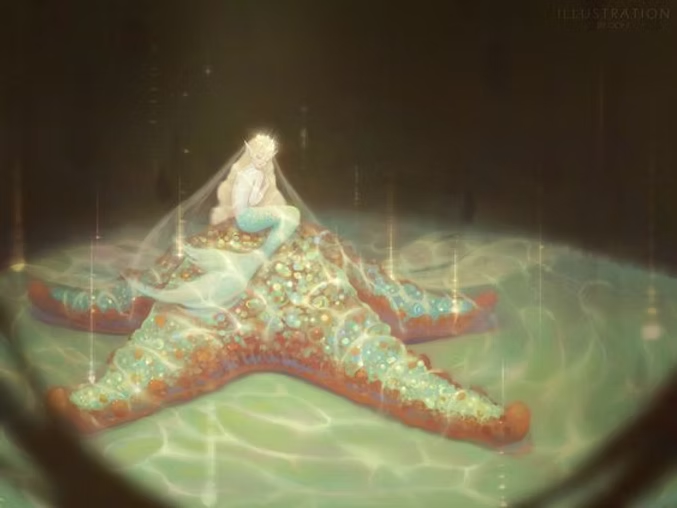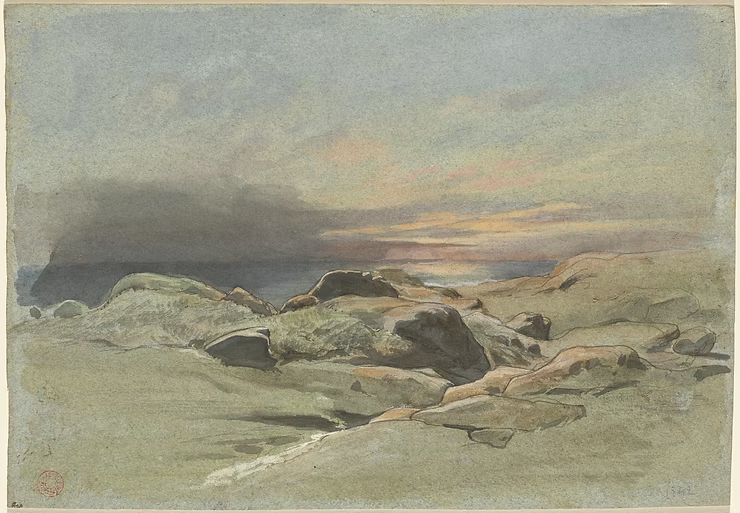Tortured Poets, Edvard Munch, and The Enduring Connection Between Art and Suffering
Taylor Swift doesn’t own “Tortured Poets” okay? Checks USPTO
In the last 5 years, developing an identity outside my family’s home has led to many lonely days where the silence of my adulthood felt less like a natural realization of self and more like a test devised by the Gamemakers. I’ve grappled with how to know myself as an artist and how to develop my craft through moments of vulnerability, where it’s been just me, having time and space to face my emotions alone. (I truly dislike using the word ‘craft’ in this way, but it, like referencing Taylor Swift, is inevitable.)
I note the coincidence of my urge to create with living through dark personal moments. When I am hurting, angry, lonely, obsessed, or ill in another way, I have no choice but to pour my soul into some form of artistic expression. Beyond an outlet for my feelings, it is a compulsion of my identity.
I consider my writing, which has been most prolific while I’ve been at my emotional lowest. It’s not all nauseatingly depressing work, I’d like to make clear. In those moments, my art fostered comfort, joy, and satisfaction as well as acting as a vehicle through which to process my emotions. I’ve sewed thousands of beads into beautiful, hopeful patterns on dresses no one will ever wear. I’ve painted and drawn precious things to surround myself with and to celebrate my loved ones. I’ve written love poems- the kind that felt so far from my reality that they were an escape and ultimately, a manifestation. I’ve written crushingly sad reflections on my coming-of-age, meditations that when articulated, were thoroughly cathartic.

I am now in a place where I am inspired on a daily basis by the fortune I have been granted. I have found a love that suits me perfectly and I am surrounded by such wonderful friends. I celebrate my community with gratitude. Of course, there are challenges and moments where I stumble, but objectively- I am quite well. I presently feel moved to make art, but it is negligible enough that days can go by without any compulsion to do so. The work doesn’t pour out of me as it does in the raw state of tortured emotions- I have to coax it out and carefully stop to think about what I’m doing. This essay, for instance, has taken weeks of tweaking and editing to get out.
There are some moments of course, where I am so positively inspired that I itch to express inspiration, but those moments are often leashed by the effort it takes to express myself well. When the page catches my rage or my sadness, I feel no need to go back and edit. There’s no reason to mitigate the vulnerability and release of just letting myself go. When I am producing work out of joy or inspiration, it is a constant effort to polish it until it’s presentable.
The nuance I hope to capture is that the inclination to create is compulsory when I’m experiencing an emotion of suffering extremes and calmly present when I am in homeostasis. What I find interesting is the difference in the ease of the work resulting from different emotions. Why is it effortless to unleash art when I’m struggling? I suppose articulating intensity acts as a needle prick in a tight balloon, allowing emotions to flow and transmutate, with no pressure to look or sound pretty, just to get out. It is as if the obvious quality of vulnerability balances out any jagged edges and imperfections.
I find myself separated from some artists I revere, in that they have published those vulnerable works, or their entire body of work is touched by the suffering that encourages their creation. I prefer to share work that is borne of joy and calm, and keep those moments of catharsis to myself. I look without shame towards those who have adopted the former approach to their artistry, if not with a little envy.
I consider what I’ve learned of Edvard Munch, well-known painter of “The Scream”, who said, of his inspiration to paint something so freakish, “I was walking down the road with two friends when the sun set; suddenly, the sky turned as red as blood. I stopped and leaned against the fence … shivering with fear. Then I heard the enormous, infinite scream of nature.” He echoes my experience, claiming that while art comes from both joy and pain, it comes mostly from pain and that there is not art that isn’t born out of a man’s need to open his heart. I look back to my needle-pricked balloon. Not only is art born from a man’s open heart, Munch says, but is the heart’s blood itself.

Famously long-suffering writer, Sylvia Plath, almost didn’t publish “The Bell Jar” for fear of revealing too much. The book is a novel, but so fueled by her own being that it felt like baring herself for the world to see. She published under a pen name, originally, and the work was so disregarded by the writing community that she plunged further into her depression. Virginia Woolf, queen of melancholia, asked “How many times have people used a pen or paintbrush because they couldn’t pull the trigger?”
Art is both a vehicle for catharsis and salvation. What I hope to achieve is a life that allows the time and energy for creation guided by lightness and wonderful things. I feel, not limited to creation in moments of suffering, but a higher emotional barrier to entry. This is no doubt due to the pace at which we are expected to sustain our lives in today’s world. Touching grass and slowing down is my first step in encouraging myself to make joyful art.
I look to the Bob Rosses and Mr. Rogers of the world. These gentle souls are reminders that calm, peaceful, and conventionally “boring” lives can create beautiful art too. For those of us fortunate enough to have the tools to address what has brought us suffering in the first place, I hope we can find a space in our culture where art is valuable beyond being a salvation. Art deserves a constant seat at our table, if we choose to invite it to join us for dinner.
For musings on writers finding solace in Nature, please visit the link below to an essay by the esteemed Maria Popova.
<3 i







